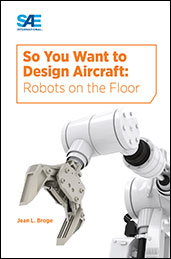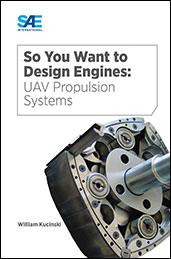Journal Article
Digital Data Standards in Aircraft Asset Lifecycle: Current Status and Future Needs
2021-03-02
2021-01-0035
The aerospace ecosystem is a complex system of systems comprising of many stakeholders in exchanging technical, design, development, certification, operational, and maintenance data across the different lifecycle stages of an aircraft from concept, engineering, manufacturing, operations, and maintenance to its disposal. Many standards have been developed to standardize and improve the effectiveness, efficiency, and security of the data transfer processes in the aerospace ecosystem. There are still challenges in data transfer due to the lack of standards in certain areas and lack of awareness and implementation of some standards. G-31 standards committee of SAE International has conducted a study on the available digital data standards in aircraft asset life cycle to understand the current and future landscapes of the needed digital data standards and identify gaps. This technical paper presents the study conducted by the G-31 technical committee.






